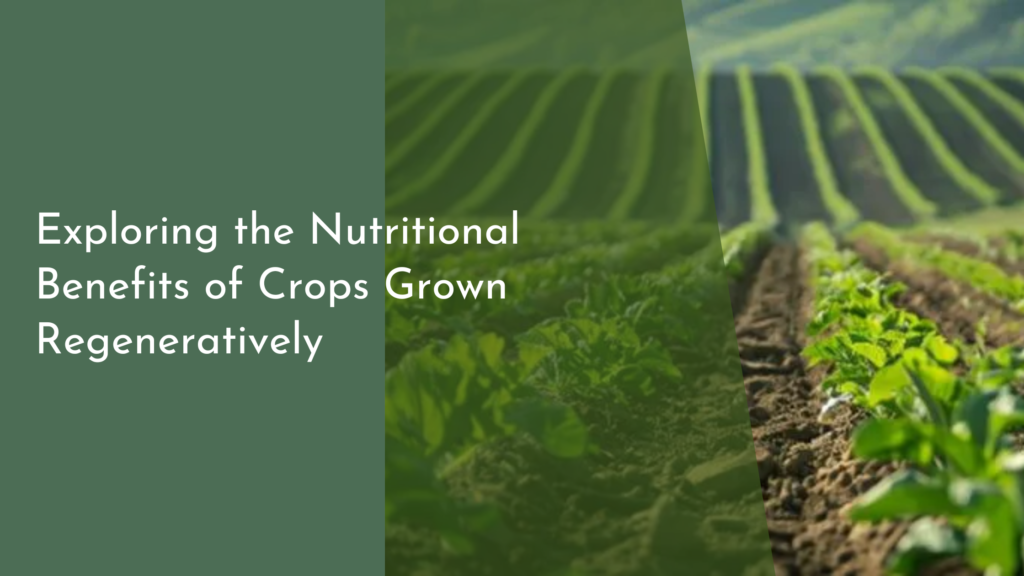Exploring Traditional Knowledge for Wildlife Preservation
Wildlife preservation has become a pressing concern in our rapidly changing world, where the delicate balance of ecosystems is often threatened by human activity. While modern science and technology play crucial roles in conservation efforts, traditional knowledge offers invaluable insights that can enhance these initiatives. This article explores the significance of traditional knowledge in wildlife preservation, highlighting the profound connection between cultural heritage and ecological wisdom, the importance of community engagement, and the celebration of biodiversity through indigenous practices.
The Value of Traditional Knowledge in Wildlife Conservation
Traditional knowledge, often passed down through generations, encompasses the rich wisdom and practices of indigenous and local communities regarding their natural environments. This knowledge can provide critical information about species behavior, habitat requirements, and sustainable resource management that can complement scientific understanding. For instance, indigenous hunters have long noted migratory patterns and breeding cycles of wildlife, offering essential insights that can inform conservation strategies. By recognizing the validity of this knowledge, conservationists can create more effective and culturally sensitive approaches to wildlife management.
Moreover, traditional knowledge promotes a holistic view of ecosystems, emphasizing interconnectivity among species, plants, and habitats. This perspective challenges the often reductionist approaches of modern science that may overlook essential ecological relationships. Incorporating traditional knowledge into conservation practices can foster a more inclusive and adaptive framework, ensuring that diverse ecological insights contribute to the resilience of ecosystems amidst climate change and habitat loss.
Cultural Heritage: A Foundation for Ecological Wisdom
The cultural heritage of indigenous peoples is intertwined with their relationship to the land and the wildlife that inhabit it. Many communities possess intricate rituals, stories, and practices that reflect a deep respect for nature, imbuing them with a sense of responsibility for stewardship. This cultural connection reinforces the value of biodiversity, teaching future generations the importance of maintaining healthy ecosystems for their survival. By understanding and preserving this cultural heritage, we gain access to a wealth of ecological wisdom that can guide contemporary conservation efforts.
Furthermore, traditional ecological practices often include sustainable hunting, fishing, and farming techniques, fine-tuned through centuries of observation and adaptation. These methods are not merely relics of the past; they are dynamic systems of knowledge that evolve alongside the environment. By integrating these practices into wildlife management plans, we can promote biodiversity while also respecting the cultural identities of indigenous communities, creating a harmonious balance between conservation and cultural preservation.
Engaging Communities: A Path to Sustainable Practices
One of the most promising avenues for wildlife preservation lies in engaging local communities, particularly those whose livelihoods depend on natural resources. Empowering these communities to participate in conservation efforts fosters a sense of ownership and responsibility for local wildlife. When communities are involved in the decision-making process, they are more likely to adopt sustainable practices that align with their traditional knowledge, leading to better outcomes for both wildlife and people.
Collaborative initiatives that blend traditional knowledge with modern conservation techniques can yield innovative solutions to pressing environmental issues. For example, community-led conservation programs can utilize traditional practices like rotational grazing or seasonal fishing bans to promote ecological balance. Additionally, education and training programs that recognize and honor traditional knowledge can help bridge the gap between generations, ensuring that invaluable practices are preserved while adapting to new challenges.
Celebrating Biodiversity Through Indigenous Practices
Indigenous practices celebrate the intricate relationships between humans and wildlife, often embodying principles of respect, reciprocity, and sustainability. Festivals, rituals, and storytelling not only honor the natural world but also strengthen community bonds and cultural identity. These celebrations can serve as powerful platforms for raising awareness about the importance of biodiversity and the critical role that traditional knowledge plays in conservation efforts.
By showcasing indigenous practices that promote biodiversity, we can inspire broader societal appreciation for the importance of conservation. Initiatives that highlight the positive impact of indigenous stewardship can foster alliances between indigenous communities and conservation organizations, amplifying efforts to protect threatened species and habitats. Ultimately, recognizing and celebrating these traditional practices is essential for fostering a more inclusive and effective approach to wildlife preservation, ensuring that the voices of indigenous peoples are heard and respected in the global conservation dialogue.
Exploring traditional knowledge for wildlife preservation reveals a rich tapestry of cultural heritage and ecological wisdom that can significantly enhance conservation efforts. By engaging communities and celebrating biodiversity through indigenous practices, we pave the way for sustainable and inclusive wildlife management. As we move toward a more collaborative future in conservation, embracing traditional knowledge will not only benefit wildlife but also strengthen the cultural identities and resilience of local communities. Embracing these diverse approaches can help us create a thriving world where both nature and humanity flourish in harmony.


